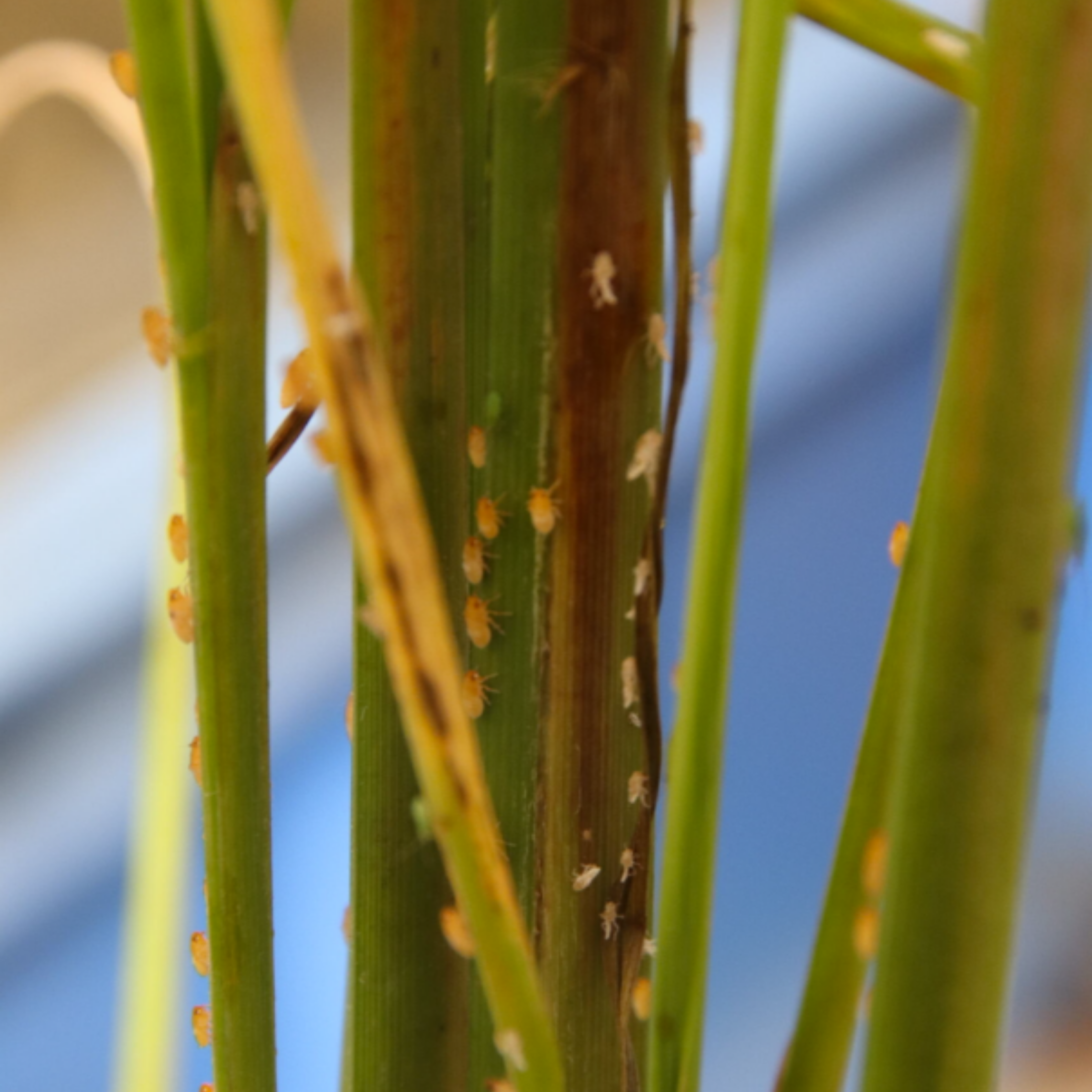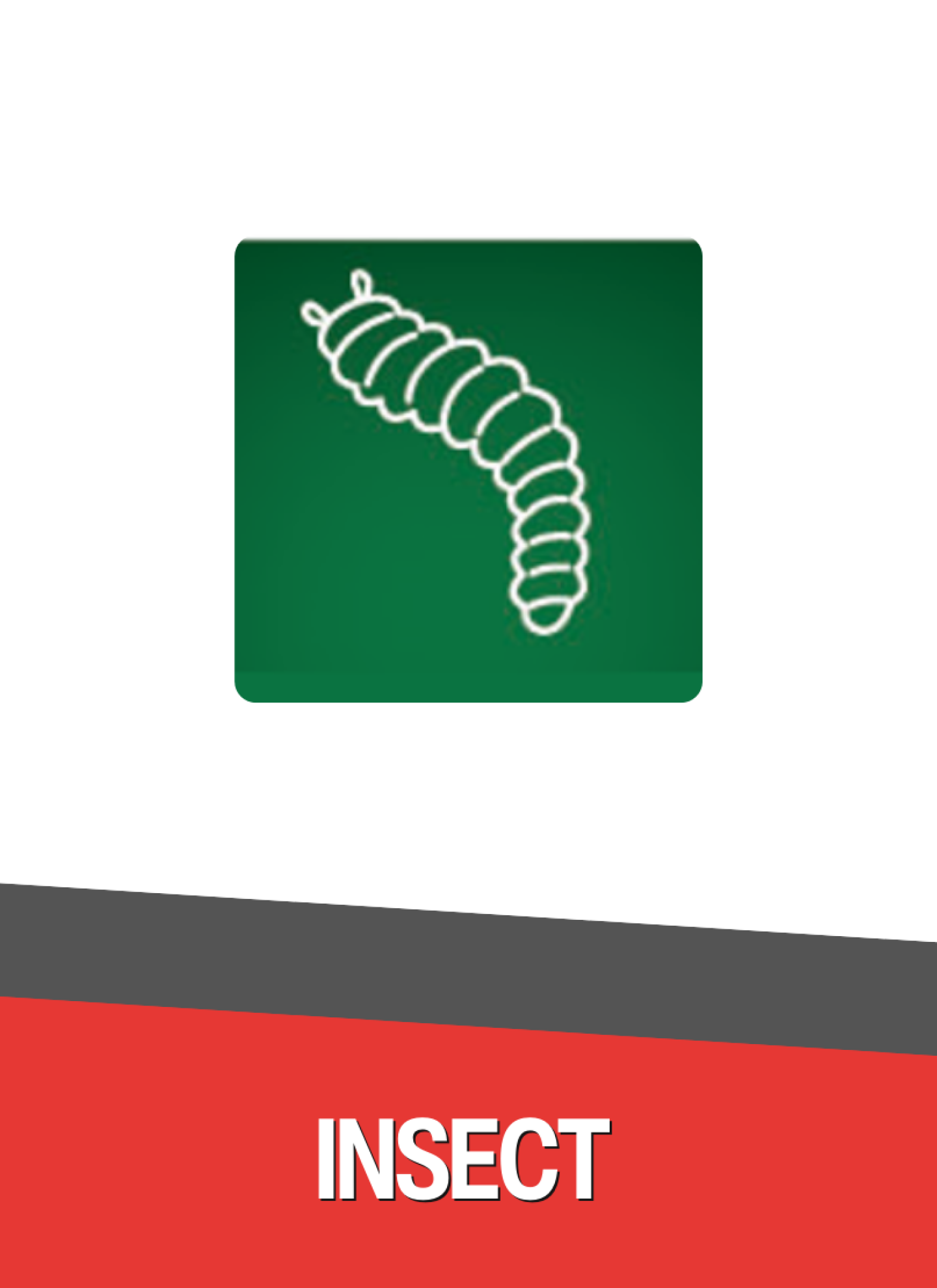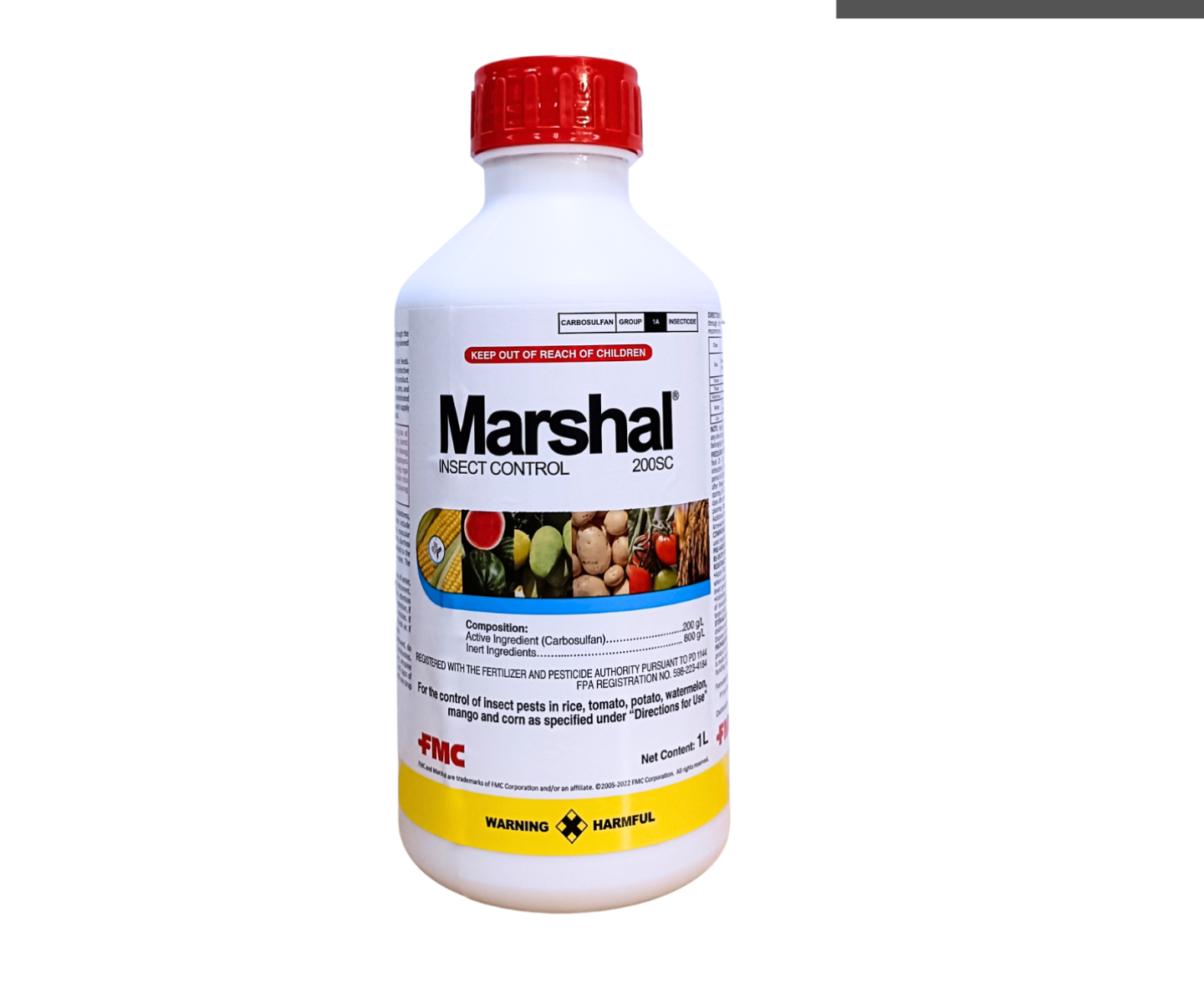Brown Planthopper

There are two major species of planthoppers that infest rice, the brownplathopper (BPH), Nilaparvata lugens (Stal) and the whitebacked planthopper (WBPH), Sogatella furcifera (Horvath).
What are the symptoms?
Monitor the field for the following symptoms:
√ Hopperburn or browning, yellowing and drying of rice plants
√ Honeydew and sooty molds at the base of the plant
√ Occurrence of ragged stunt or grassy stunt virus disease
Check also for the presence of planthoppers by looking for crescent-shaped white eggs inserted into the leaf sheath, white to brown nymphs or adults feeding near the base of the tillers
Impact to the crop
Feeding damage of high population of planthoppers may result to hopperburn (yellowing and drying of the plants) and may reach up to 100% loss
How to control?
How to prevent the outbreak of planthoppers
√ Remove weeds from the field and adjacent areas.
√ Avoid the use of insecticide that harms natural enemies.
√ Use of resistant varieties
√ Monitor the field for the presence of hoppers
√ Use light traps
How to control planthoppers
√ Biological Control - use of natural enemies like mirid bugs, spiders and some egg parasitoids
√ Mechanical Control - flood seedbed for a day and sweeping seedbed with a net to remove BPH
√ Chemical Control - use of insecticides registered for control of planthoppers like FMC Marshal 200SC
Source: http://www.knowledgebank.irri.org

